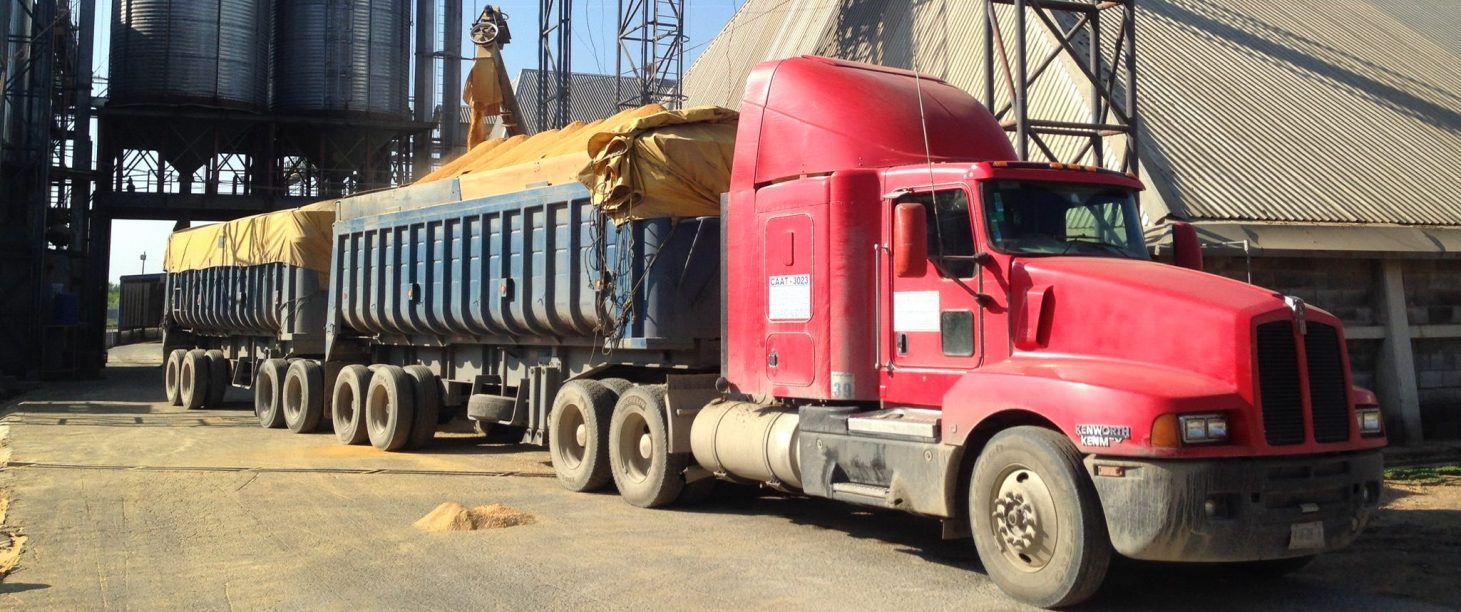
In 2022, Council programming, coupled with crude oil market instability and the ever-increasing drive to decarbonize the transportation sector further underscored to regional stakeholders the value of fuel ethanol as a tool to mitigate emissions, lower pump prices and enable fuel security. The result was a measurable increase in exports of U.S. ethanol to the region.
Direct exports of U.S. ethanol to Southeast Asia and Oceania in marketing year (MY) 2021/2022 totaled 78.1 million gallons, a year-over-year increase of 37.7%. The region is now the seventh-largest destination for U.S. ethanol. When factoring in transshipments of U.S. ethanol into the region via South Korea, volumes which roughly mirror that of direct imports, Southeast Asia and Oceania is now the second largest destination for U.S. ethanol exports.
“With strengthening policy tailwinds evolving from concerns over fuel security and decarbonization, we hope to see these types of flows continue in MY 2022/2023,” said Caleb Wurth, regional director of the Council’s Southeast Asia and Oceania office. “Moreover, we expect to see an increase in fuel demand as countries across the region emerge from the bottoms of the pandemic, which suppressed demand until mid-2022.”
Recent ethanol success stories in Southeast Asia and Oceania include the successful development of a Bioethanol Industry Roadmap in Indonesia and the endorsement of E5 migration recommendations by the Vietnamese Prime Minister’s Office.
Priorities for the regional ethanol team include raising the discretionary ethanol blend rate for Indonesia’s gasoline imports, lowering Vietnam’s tariff on imports of U.S. ethanol and migrating Vietnam’s E5 RON 92 mandate to all grades of gasoline.

